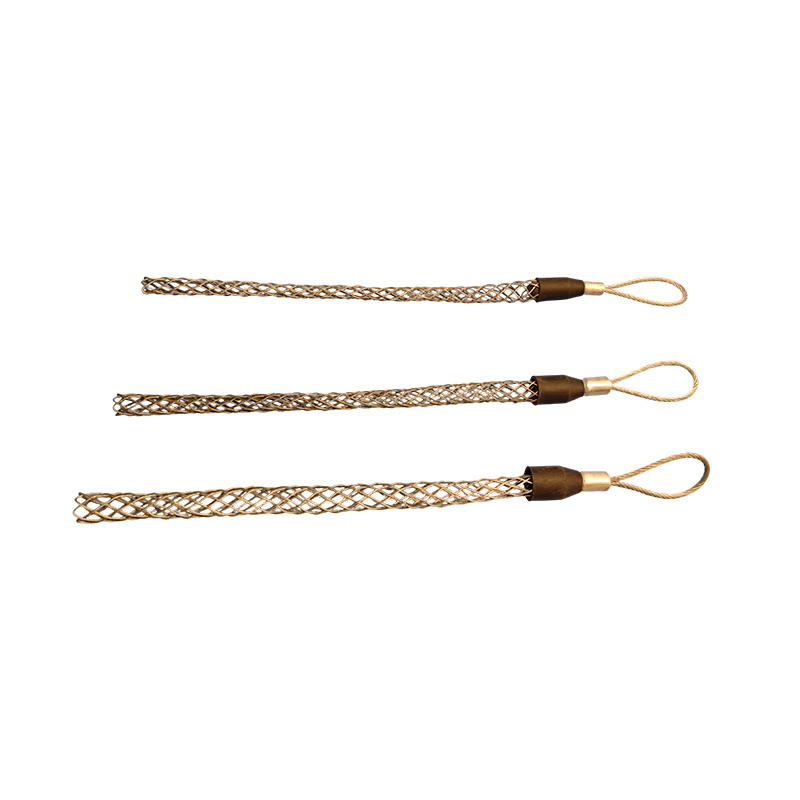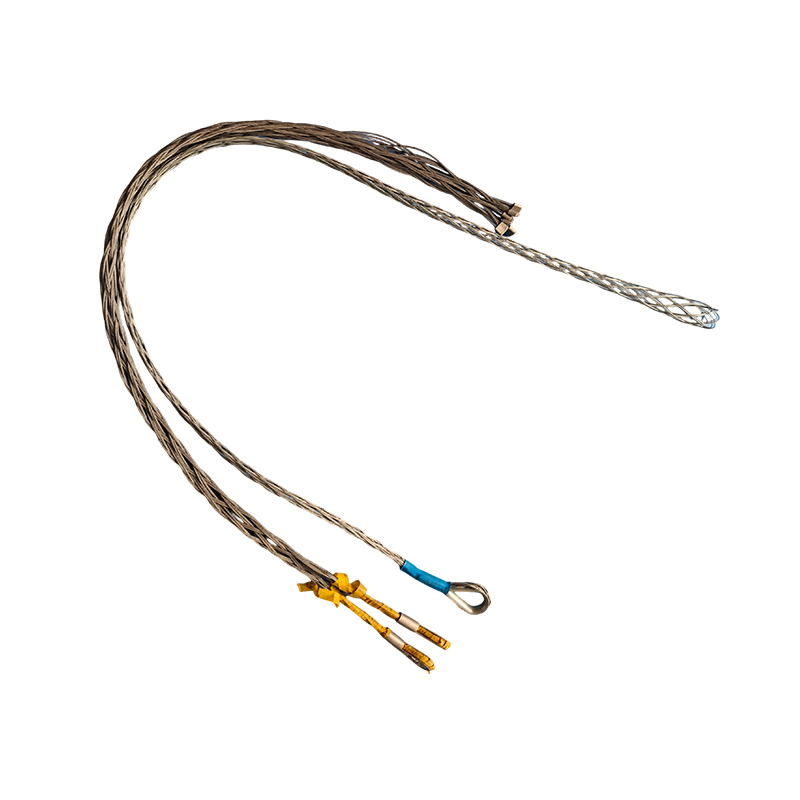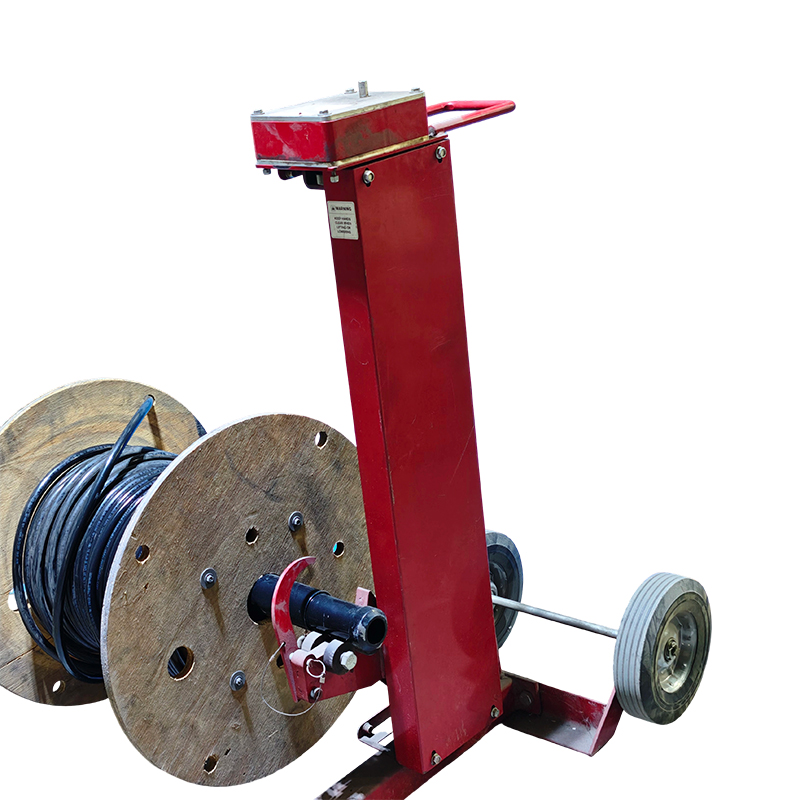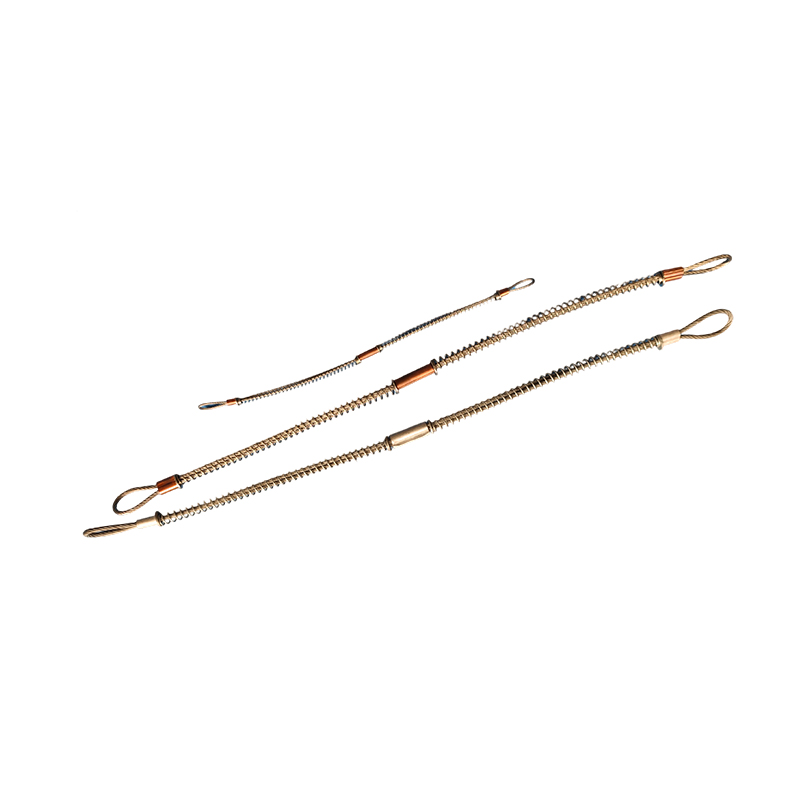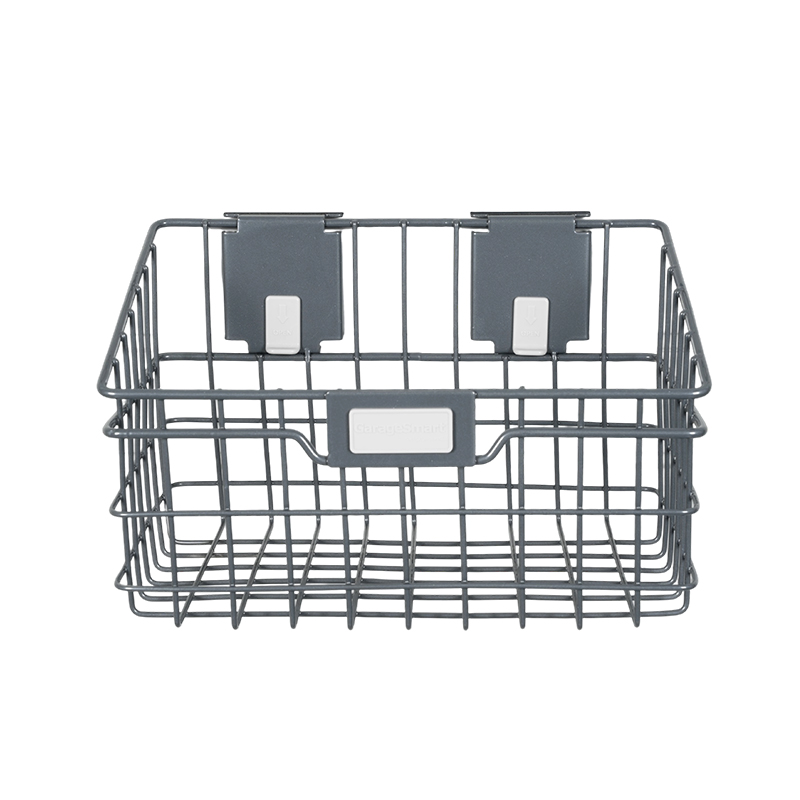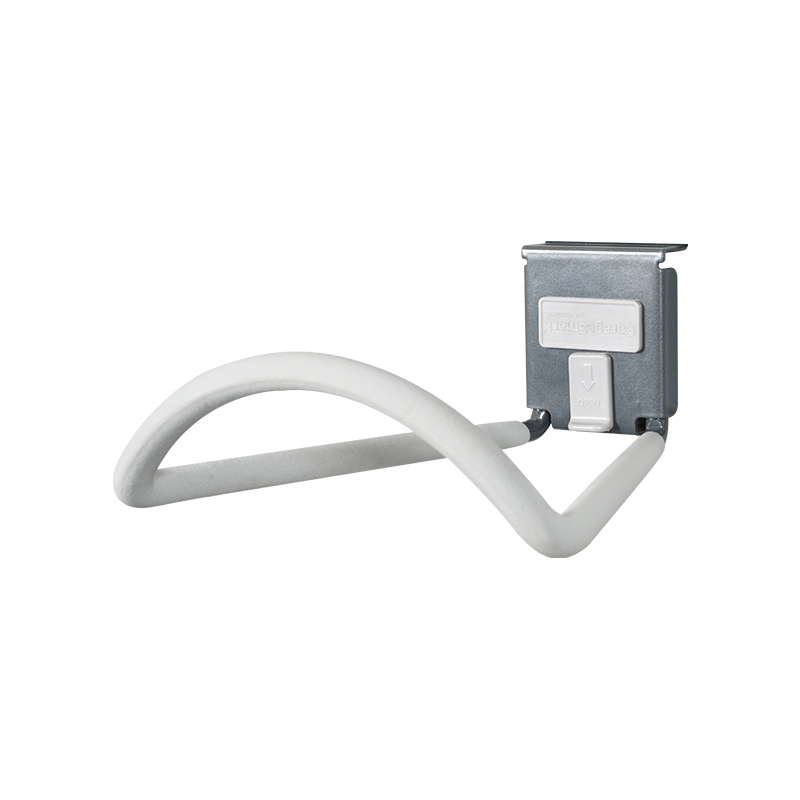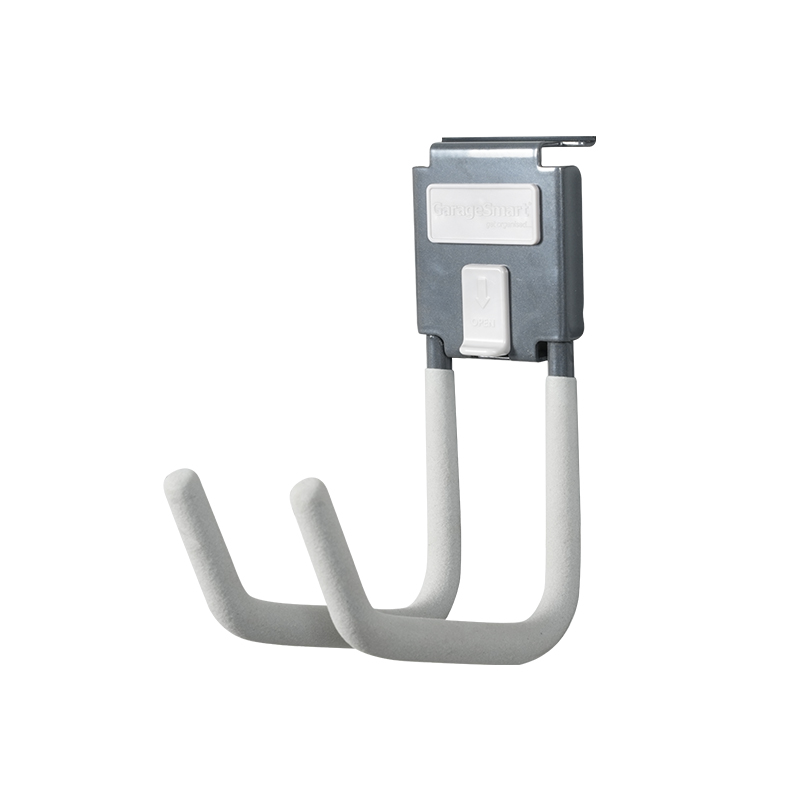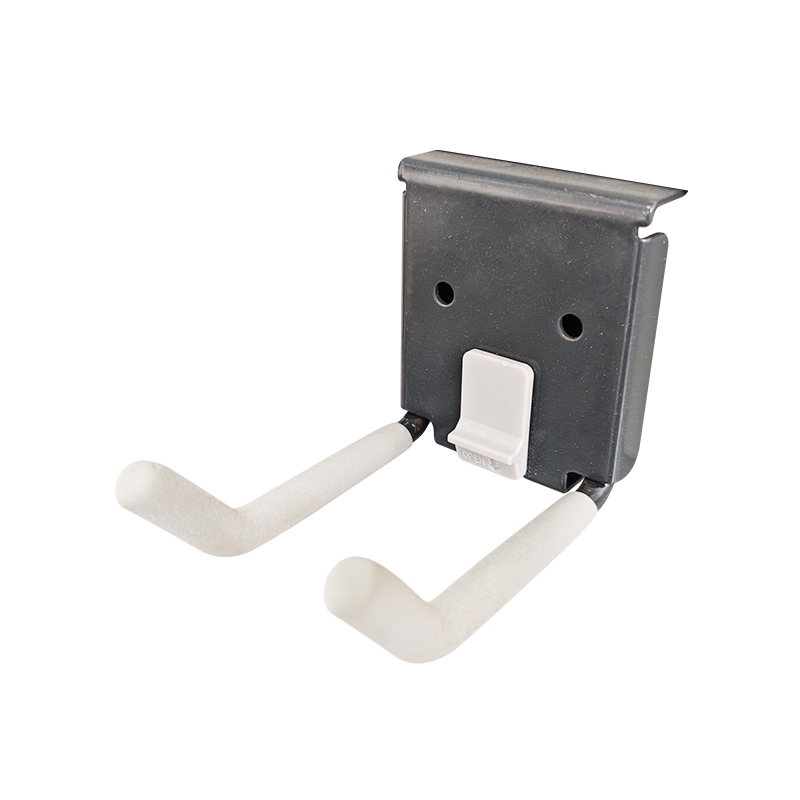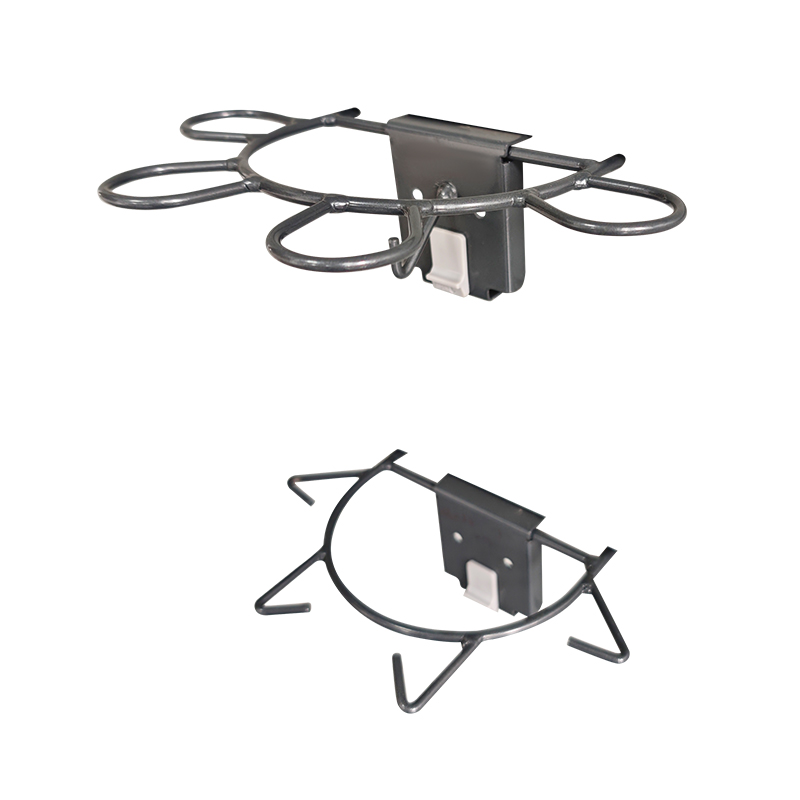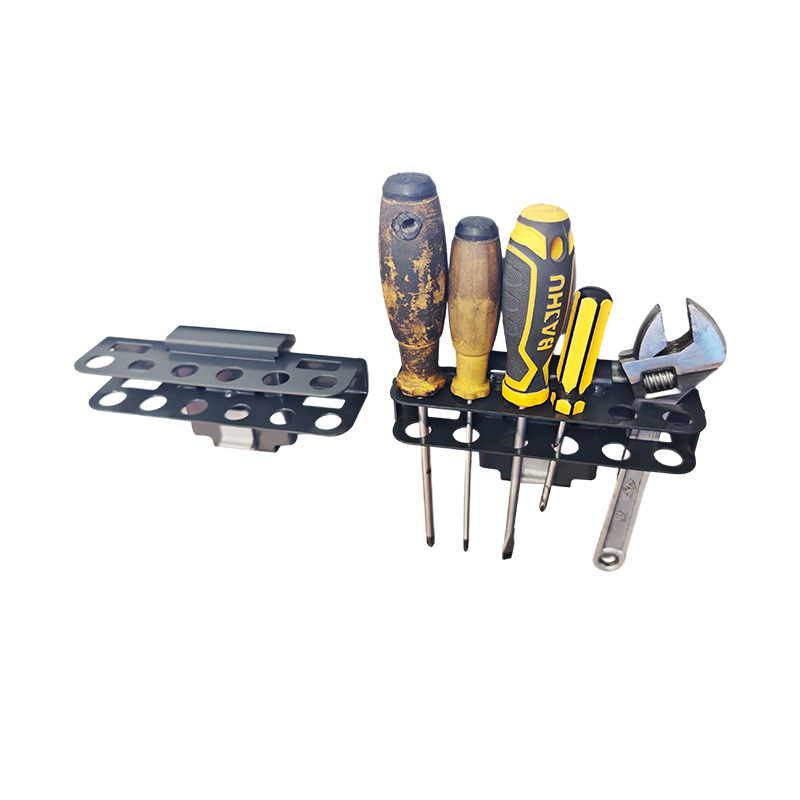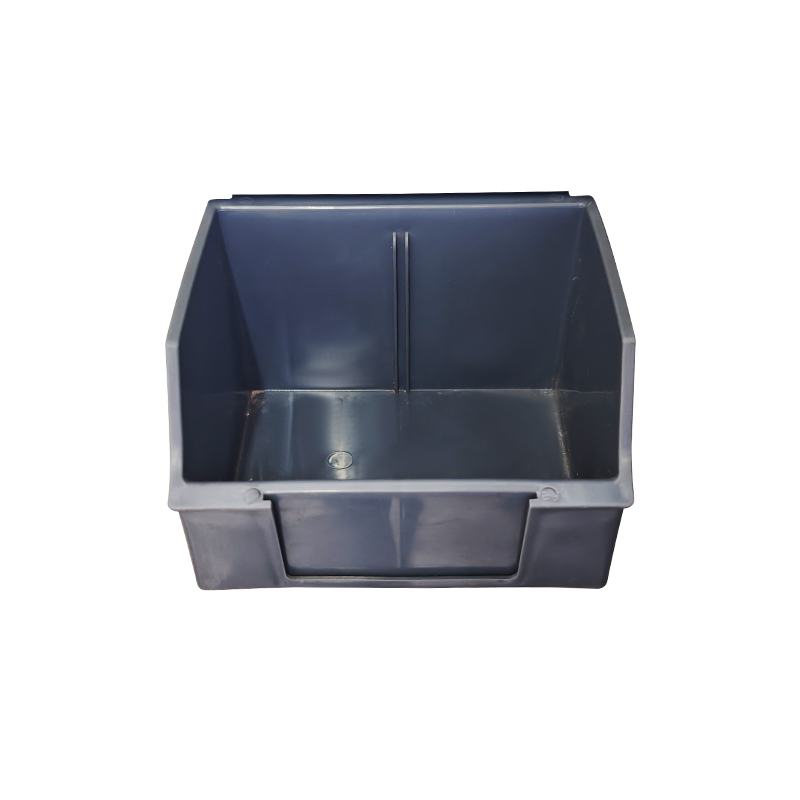Effective Garage Storage Panels for Clutter-Free Organization
2025-10-10
In many homes, the garage becomes a dumping ground—tools, sports gear, gardening equipment, boxes, and random items pile up on the floor. That’s where wall garage storage systems come in: they lift items off the ground, freeing up floor space and improving access. At the same time, using a garage storage panel system lets you modularly organize tools, hooks, bins and shelves on your walls. Combining both wall garage storage and garage storage panels offers a powerful solution to tame clutter and create a clean, functional garage.
Common Questions about Garage Storage Panels
Below are some frequently asked questions (collected from forums, DIY communities, and storage solution blogs) along with insights to guide your planning.
1. How much weight can a garage storage panel hold?
This depends on both the panel material and how well it’s anchored. Even the strongest panel fails if mounted poorly.
Metal panels backed into wall studs can hold heavy tools, power tools, or garden machines.
Light panels (PVC or composite) are better for lighter gear, sports equipment, or small hand tools.
Always check manufacturer load specs, and never exceed them.
One DIY user on Reddit discussed mounting overhead or wall systems and emphasized that “the rack design and mounting method are far more critical than what the house can hold.”
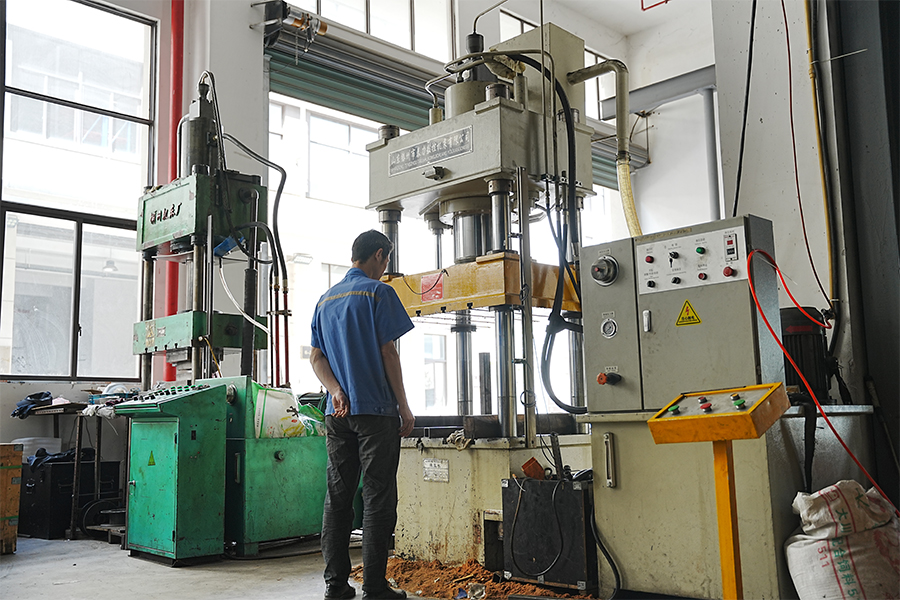
2. What material should I choose for my panel?
Common options include:
Metal (steel or aluminum) – more durable, good for heavy loads, but may be costlier or need rust protection.
PVC or plastic composite – lightweight, moisture resistant, appropriate for lighter loads.
MDF or wood-based composites – budget option, but vulnerable to moisture or sag.
In a guide on slatwall systems, metal panels are praised for strength and modern appearance, while PVC offers a moisture-resistant and flexible mid-tier option.
3. How do I mount a garage storage panel securely?
Mounting technique is critical. Some ideal practices:
Find and use wall studs – panels should be screwed into the structure, not just drywall.
Use proper anchors – if wall studs are not in ideal locations, use strong lag bolts or structural anchors.
Spread the load across multiple fasteners – don’t rely on a single screw.
Leave small gaps or expansion allowance – to allow for material expansion or contraction.
Check alignment – use levels and ensure panels align horizontally and vertically for clean integration.
One question on HomeDepot’s forum noted that when installing storage wall panels, “the panels can be installed on 4 studs … start one end of the panel in the middle of the stud … the primary screw about 3/8 inch from edge.”
4. Can I retrofit panels into an existing wall?
Yes, often you can. But take care:
Remove existing items, patch or reinforce wall as needed.
Add backing or blocking behind drywall if stud placement is suboptimal.
Use shorter or shallower hook or accessory options near edges to avoid interference.
5. Are there common mistakes people make?
Absolutely. Some pitfalls include:
Overloading hooks or accessories beyond their rating.
Mounting only to drywall or weak backing rather than to studs.
Ignoring ventilation or leaving none for behind-wall airflow.
Not planning layout—leading to awkward spacing or wasted areas.
Garage organization blogs often warn about such missteps.
Garage clutter is a common headache, but combining wall garage storage systems with smart garage storage panel installations gives you both structure and flexibility. With proper mounting, material choice, and thoughtful layout, you’ll gain floor space, better organization, and a garage you’re proud to use.




 English
English
 English
English 中文简体
中文简体 Español
Español
